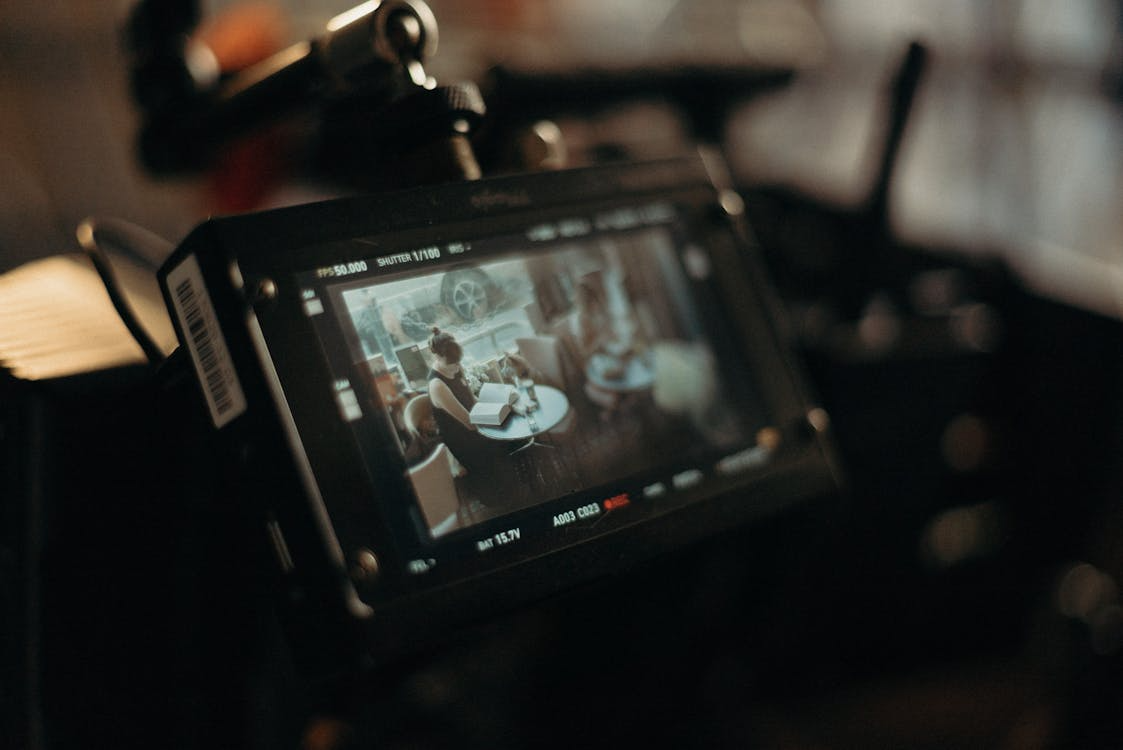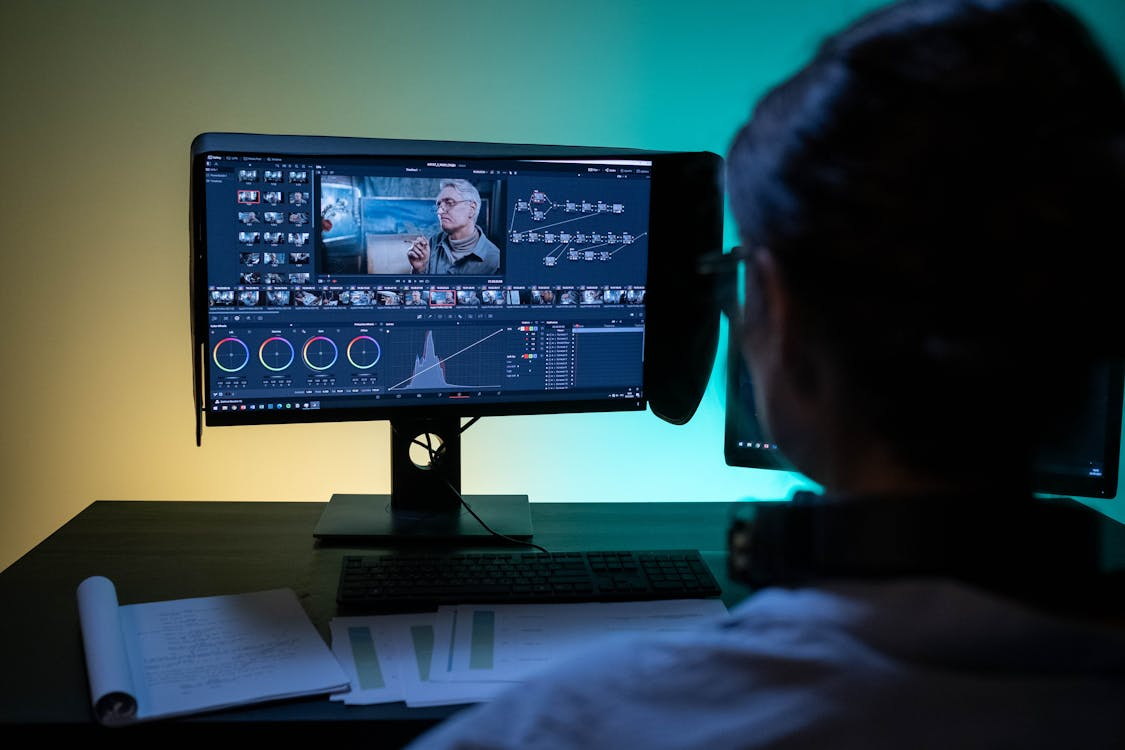Watch two versions of the same short drama scene: in one, a character says “I’m fine” with a steady voice, no pauses. In the other, the same line comes out with a shaky inhale, a waver in the middle, and a tiny, forced exhale. Even if you don’t speak the language, you’ll know which one is lying. That’s the power of non-verbal sounds in dubbing. Breaths, sighs, laughs—these unspoken cues don’t just fill space between words. They carry emotion, tell truths, and make characters feel human. In a world where dubbing aims to make foreign stories feel like your own, these tiny sounds are the secret ingredient that turns a translation into an experience.
To understand their impact, let’s start with the science of human connection. Research from the University of California, Los Angeles, found that 93% of emotional communication is non-verbal—tone, facial expressions, and yes, sounds like sighs and breaths. When we watch someone speak, our brains unconsciously sync with their rhythm of breathing, creating a sense of empathy. For dubbing, this means that even if the words are perfectly translated, missing the sound of emotion can break that sync. A character declaring “I love you” should have a breath that hitches mid-sentence, as if their heart is racing; without it, the line feels hollow, like a script being read, not a feeling being shared.
Take breathing, the most basic yet overlooked non-verbal tool. In real life, our breath mirrors our mood: rapid and shallow when anxious, deep and slow when calm, sharp and sudden when surprised. Skilled voice actors use this to their advantage. In the Spanish dub of the short drama Breaking Point, the lead character “Mia” confronts her betrayer, and her lines—“How could you?”—are punctuated by short, choppy breaths. These aren’t random; they mimic the way our chest tightens when we’re hurt, making viewers feel her anger, not just hear it. In contrast, an amateur dub might rush through the line without pauses, turning Mia’s raw emotion into something more like mild annoyance. The words are the same, but the soul is gone.
Sighs, too, are emotional chameleons. A soft, slow exhale can signal resignation (“I guess we have to try”), while a sharp, frustrated huff might convey eye-rolling irritation (“Here we go again”). In the French version of Long Shadows, a character named “Jacques” spends most of his scenes suppressing his feelings—until a single sigh, low and trembling, escapes him when he finds an old photo. That sigh, added by his voice actor, says more about his grief than any monologue could. It’s a reminder that in real life, we often show how we feel through these tiny sounds, especially when we’re trying not to say it out loud.
Laughter and crying are where non-verbal sounds become truly transformative. A genuine laugh isn’t just “ha-ha-ha”—it’s breathy, uneven, maybe cut off by a snort if it’s unguarded. The Brazilian dub of Sunny Side Up nails this: when “Lila” tells a silly joke, her laugh starts loud, fades into giggles, and ends with a little gasp for air. It feels real because it sounds like how people actually laugh—messy, imperfect, alive. Crying, too, is about texture: the way sobs catch in the throat, the sniffles between words, the way breathing hitches even after the tears stop. A poorly dubbed cry sounds like someone yelling into a pillow; a great one, like the Japanese voice actor for “Hana” in Fractured, uses broken breaths and quivering pauses to make you reach for a tissue, even if you don’t speak the language.
What makes these sounds so powerful is their universality. Words need translation, but a gasp of fear or a sigh of relief is understood in Tokyo, Paris, or Peoria. This is especially critical for short dramas, which often rely on quick emotional beats to keep audiences hooked. A 10-minute episode doesn’t have time for long monologues—so a single, well-placed breath can carry the weight of a backstory, or a shaky exhale can set up a plot twist. In Rapid Fire, a 50-episode short drama from South Korea, the English dub uses this to great effect: a character’s nervous habit of clearing his throat before lying becomes a running non-verbal joke, letting international viewers pick up on his deceit even if they miss subtle dialogue clues.
The difference between professional and amateur dubbing often lies in this attention to detail. Amateurs focus on matching words to lip movements; professionals focus on matching feeling to sound. They study the original performance frame by frame, noting how the actor’s chest rises when they’re nervous, or how their voice cracks before a laugh. Then they replicate those physicality in their own voices, because they know that the body and the voice are connected—your breath changes when your heart does, and that change is audible.
In the end, dubbing is about more than translation. It’s about re-creating the experience of being human—the stumbles, the pauses, the sounds we make when words aren’t enough. Breaths, sighs, laughs, and cries are the glue that holds it all together, turning a foreign language into something familiar, something felt. They’re proof that sometimes, the most powerful things we “say” aren’t said at all. And in a world where short dramas compete for our attention in seconds, that magic is what makes us keep watching.











